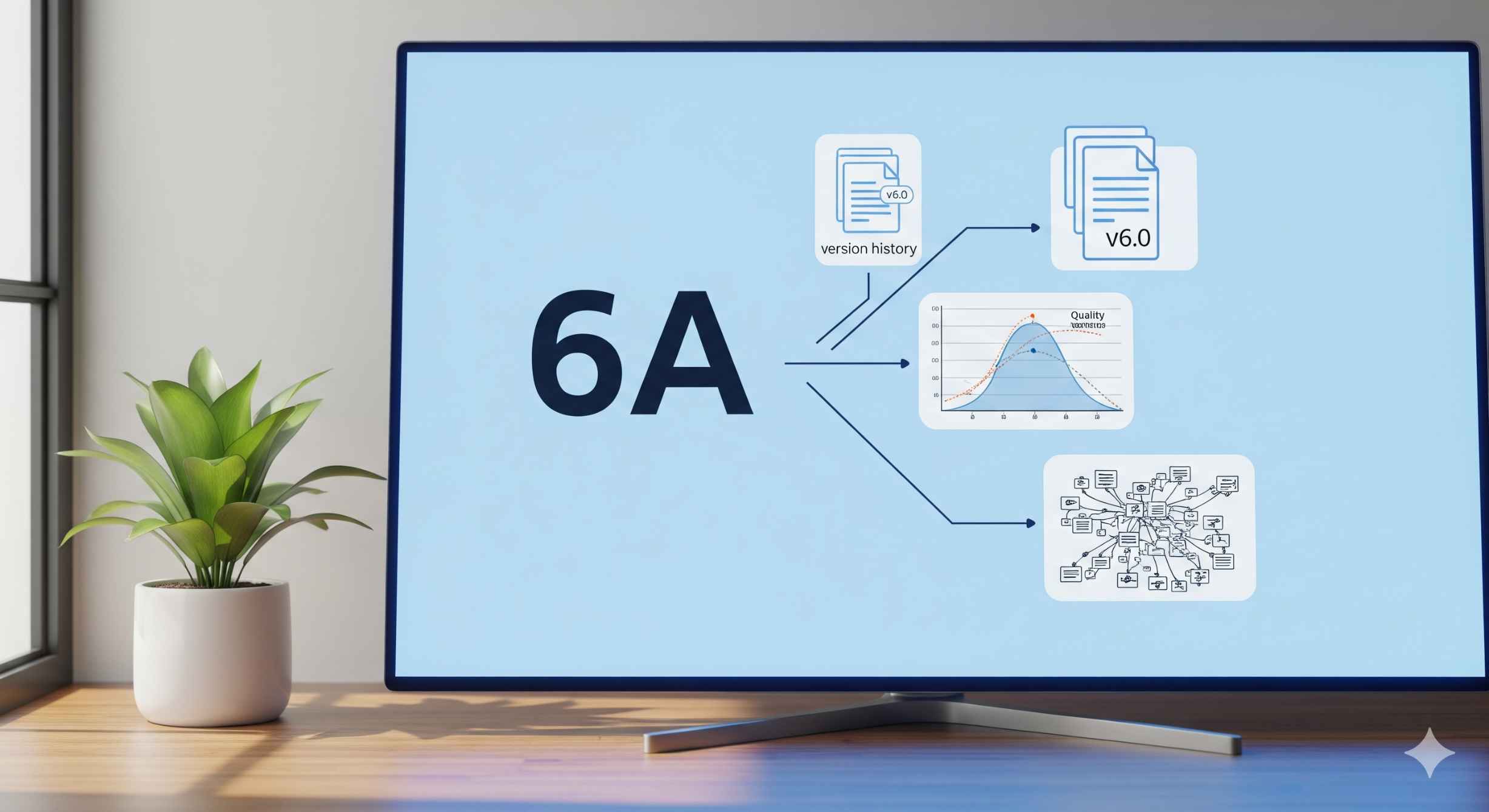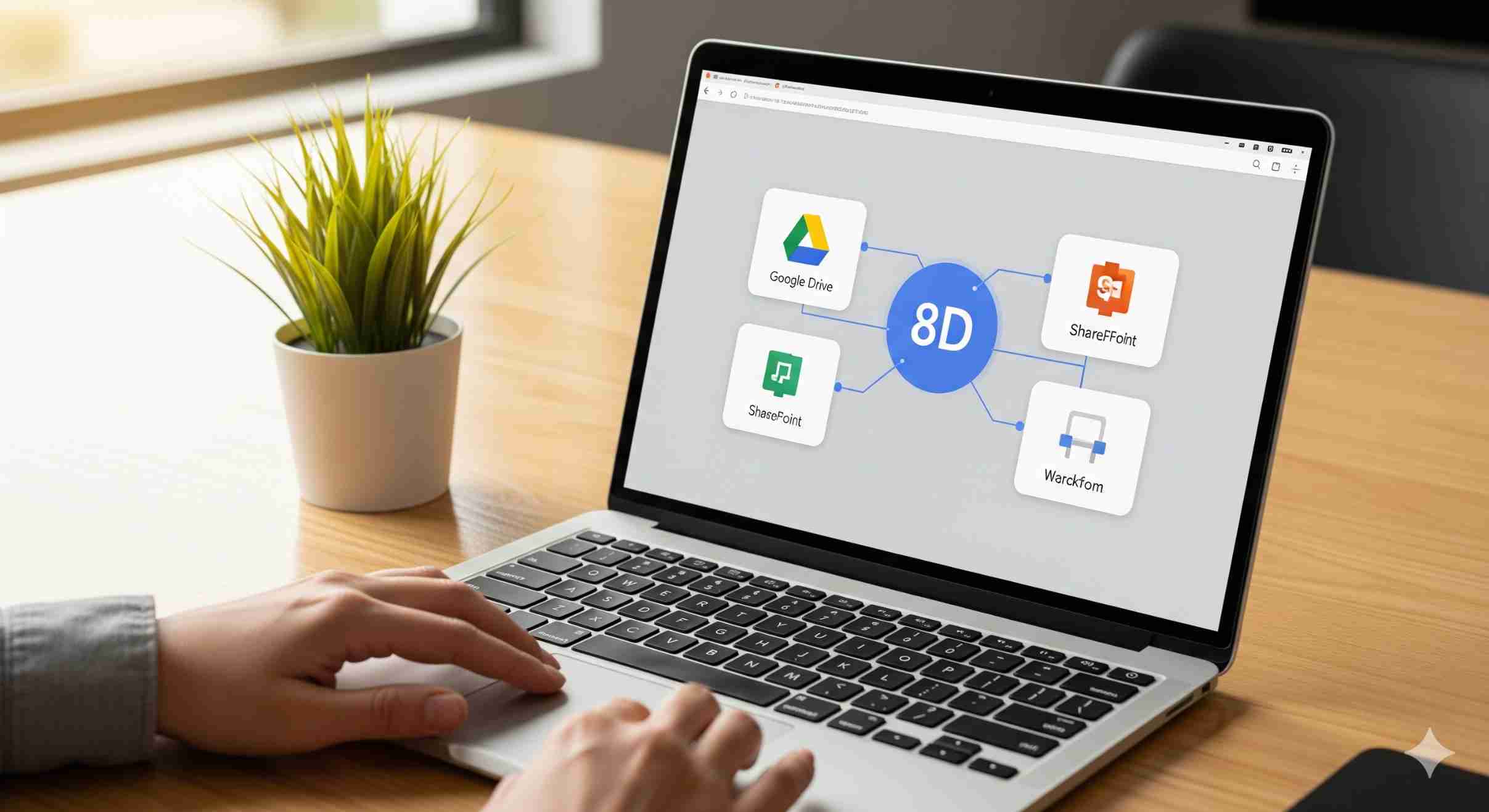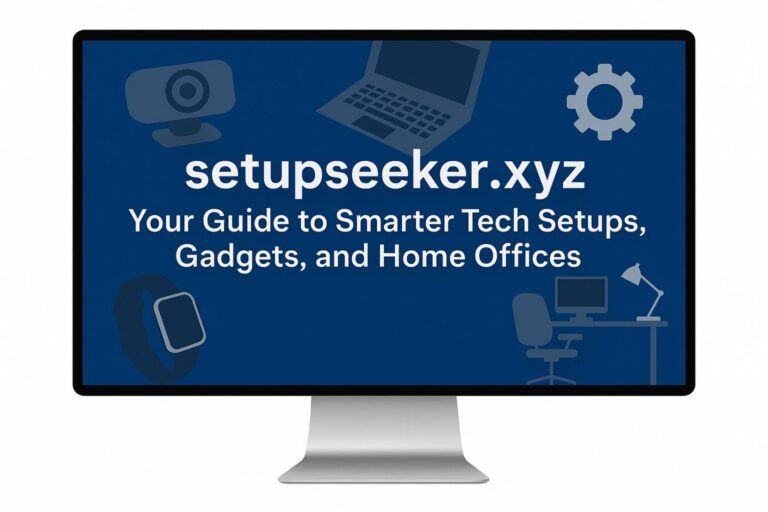
If you’ve stumbled across the term 8tshare6a software, you’re not alone in wondering what it really means. It doesn’t point to one specific, universally recognized program, but it’s often linked to 8D problem-solving reportsand tools used in quality management. The “6A” part may indicate a version number, an internal process code, or even a reference to a Six Sigma grade.
In other words, 8tshare6a softwareis less about a single off-the-shelf app and more about how your organization manages, shares, and tracks 8D reports. Let’s break this down so it makes sense.
What Is the 8D Process in the First Place?
To understand 8tshare6a software, it helps to know what the 8D processis.
The 8D (Eight Disciplines) method is a structured problem-solving approach widely used in manufacturing, automotive, and engineering industries. It’s all about finding the root cause of an issue, implementing a fix, and preventing the problem from recurring.
Here’s a quick overview of the 8D steps:
| Discipline | What It Means |
| D1 | Build the team |
| D2 | Define the problem |
| D3 | Contain the issue |
| D4 | Identify root cause |
| D5 | Develop corrective actions |
| D6 | Implement permanent solutions |
| D7 | Prevent recurrence |
| D8 | Celebrate success |
When companies talk about “sharing an 8D report” with software, they usually mean creating a standardized report for tracking quality issues. The “6A” part often ties to internal coding or versioning.
What Does “6A” Stand For in 8tshare6a Software?

Here’s where it gets tricky—“6A” isn’t universal. It could mean different things depending on your organization.
- Version Number: It may be shorthand for version 6A of a reporting template or software.
- Six Sigma Reference: In some frameworks, “6A” could signify a performance grade, like a Six Sigma level tied to quality achievement.
- Internal Code: It could simply be an internal label your company uses to identify report types, document revisions, or workflows.
That’s why the first step in using 8tshare6a softwareeffectively is to clarify what “6A” means in your company’s context.
Why Is Sharing 8D Reports Important?
8D reports aren’t just paperwork—they’re proof of accountability and structured problem-solving. Sharing these reports effectively helps:
- Keep stakeholders updated
- Maintain compliance with industry standards
- Document fixes for future reference
- Align cross-functional teams on solutions
Whether you’re using custom 8tshare6a softwareor a general platform like Microsoft Teams, the goal is the same: collaboration and visibility.
How to Use 8tshare6a Software Effectively

So, what’s the best way to work with this type of software? Let’s look at a few steps.
1. Clarify “6A” Internally
Before anything else, ask your quality team or supervisorwhat “6A” means in your reporting framework. This ensures you’re sharing the correct document or version.
2. Identify Your Platform
Your company might use:
- Dedicated 8D softwarelike 8D Manager or similar tools.
- General quality management systems (QMS)that include 8D reporting.
- Standard office tools(Excel, Word, PDFs) stored and shared in cloud platforms.
3. Use Built-In Features
If you’re working in official 8D software, use its export, share, or reporting features. Many tools let you generate professional-looking reports with one click.
4. Use Document Sharing Tools
If it’s just a spreadsheet or Word doc, tools like Google Drive, SharePoint, or Microsoft Teamscan make sharing and collaboration easy.
Comparison: 8tshare6a Software vs. General Sharing Tools
Here’s a side-by-side look at how 8tshare6a software(specialized) compares to general document-sharing platforms:
| Feature | 8tshare6a Software | General Sharing Tools |
| Purpose-built for 8D reports | ✅ Yes | ❌ No |
| Automates report formatting | ✅ Yes | ❌ Manual work required |
| Version control | ✅ Often built-in | ✅ Limited (depends on tool) |
| Easy collaboration | ✅ Yes | ✅ Yes |
| Cost | 💲 Higher | 💲 Usually lower/free |
Who Benefits Most from 8tshare6a Software?

Not every company needs specialized tools. Smaller teams might get by with spreadsheets and cloud drives. But for large organizations in manufacturing or automotive, using dedicated 8D reporting softwarecan:
- Save time on report formatting
- Reduce human error
- Provide audit-ready documentation
- Standardize reporting across departments
So if you’re in a regulated industry where quality tracking matters, investing in 8tshare6a softwarecould make sense.
Common Mistakes to Avoid
If your company uses 8tshare6a software, watch out for these pitfalls:
- Not clarifying “6A”→ Always know what the code/version means.
- Poor training→ Teams need to understand how to fill out reports correctly.
- Overcomplication→ Keep reports clear and concise—don’t bury the root cause.
- Not sharing promptly→ Delay kills collaboration; reports should be shared quickly.
FAQs About 8tshare6a Software
What is 8tshare6a software used for?
It’s typically used for creating and sharing 8D problem-solving reportswithin a company. The “6A” refers to a version or code unique to your organization.
Is 8tshare6a software an actual program I can download?
Not necessarily. It’s often shorthand for an internal tool or versioned templatein your quality management system.
Do I need special software to share 8D reports?
Not always. You can use Excel, Word, or Google Docs to create and share reports. But dedicated 8tshare6a softwarecan make the process smoother.
Can 8D reports be shared securely?
Yes. Most modern QMS tools, as well as platforms like SharePoint and Teams, allow secure sharing with permissions, so only the right people see the data.
Also Read: Suncom portal
Final Takeaway: Making Sense of 8tshare6a Software
While the term 8tshare6a softwaremay sound confusing, it really comes down to this: it’s about sharing the right version of an 8D reportwithin your organization. Whether that’s version “6A” of your template, a Six Sigma reference, or an internal process code, the principle is the same—document the problem, fix it, and make sure it doesn’t happen again.
Specialized 8tshare6a softwarecan make reporting easier, but even standard tools can get the job done if used properly. The key is clarity: know what your team means by “6A,” keep your reports accurate, and make sharing seamless.
In the world of quality management, that’s what keeps problems solved—and customers happy.





